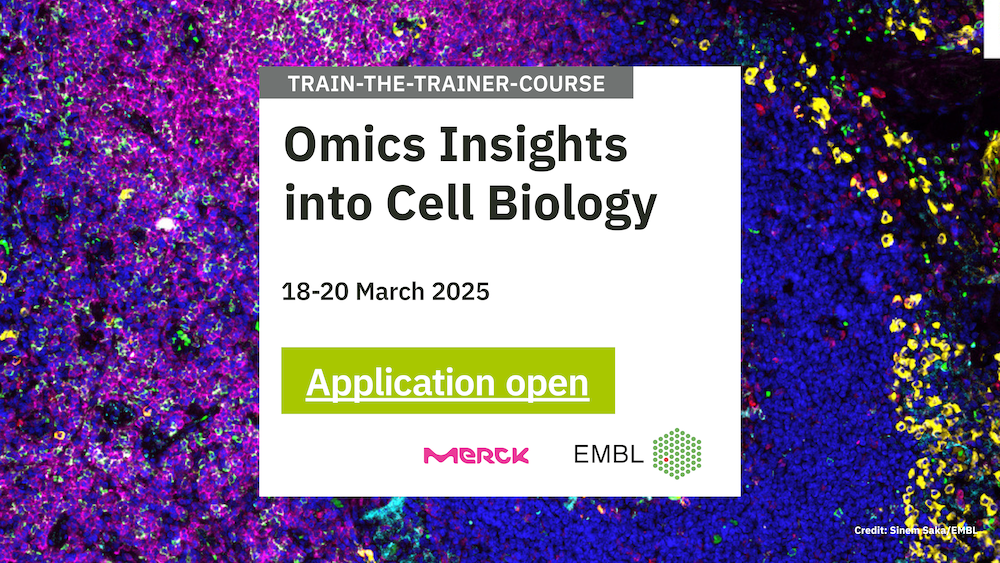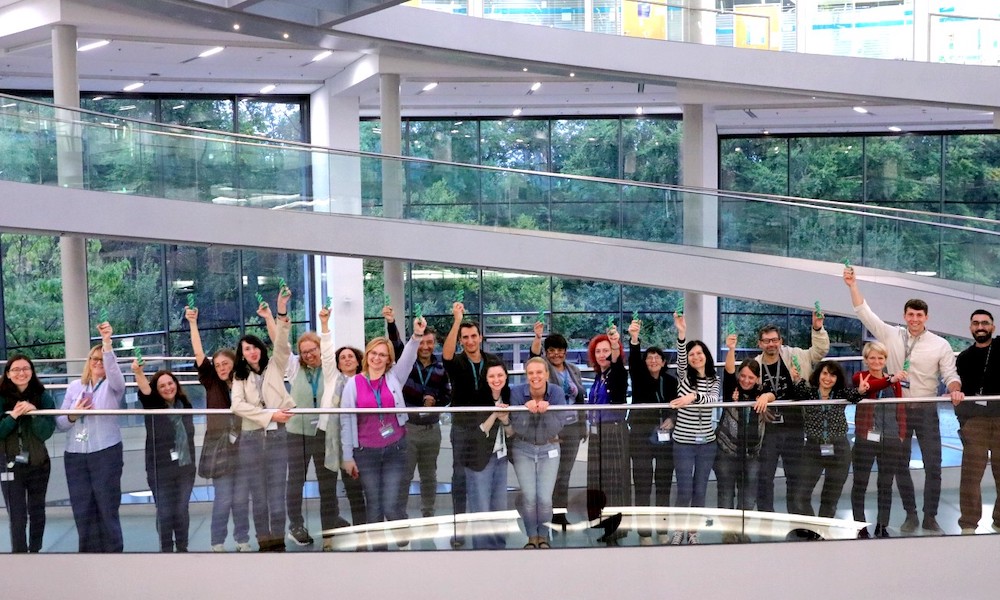
My EMBL Lab Day
Guest article by Nefely Aikaterini Taravira
Ballet dancers, cart drivers, football gamers, shark flyers, cookie makers, balloon poppers, Pokémon hunters – what do they all have in common? They can all be found at the EMBL Lab Day!
On 21 July 2017 EMBL celebrated Lab Day. EMBL Lab Day is “an opportunity to present your work with simple words”, “a day to discuss, collaborate with your colleagues and come up with new ideas”, “a chance to relax and have fun”. To me, a 17-year-old visiting EMBL’s European Learning Laboratory for the Life Sciences (ELLS) for two weeks, Lab Day was an opportunity to discover and understand the new paths in the world of EMBL through playful posters, talks and discussions. Walking through the double helix of the Advanced Training Centre – a building dedicated to conferences and training – many posters caught my eye, and the smiles and motivation of the scientists invited me to learn about their work.

Because I spent the past week with the ELLS team, I was involved in the preparation of their stand which included cell-cookie and cell-puzzle making, activities that were held in a science festival in June for lower secondary school kids, and are now popular with scientists. Explaining science in simple words, with fun activities, attractive to all, is the aim of ELLS and the primary target of Lab Day.

Walking through the posters, a Minnie Mouse stall caught my attention. Some students were inflating and popping a balloon attached to Minnie’s breast. The balloon represented the expanding tumour in breast cancer. Being particularly interested in learning about cancer research I decided to have a closer look. Working with mice like Minnie, the Jechlinger group, based at EMBL Heidelberg, tries to “magnify” the tumours in order to find a cure to eradicate them, just like the pop in Minnie’s balloon. Unfortunately, breast cancer is the second leading cause of fatal cancer in women. The therapy for breast cancer might work at first, but over the next 5-25 years the cancer may relapse, and, without further successful treatment, may lead to death. The aim of the Jechlinger group is to understand this relapse mechanism of tumour cells in order to spot relapsing cells early and help find a cure. How can this work not be compelling? Science research is fascinating.

Looking further on, I spotted a bunch of people engaged in what looked like an altered version of the Taboo game. Being a frequent Taboo player myself, I got curious about the twist this version would have. In the Lemke lab Taboo game players had to describe biological terms related to their work. What could be better than learning about science through a game? I had a go at the game, and later on the members of the lab discussed their projects with me. I figured out that they study the intrinsically disordered proteins in the nuclear pore complex. In other words, the nuclear membrane contains thousands of pores that allow small molecules to pass freely, but control the transport of bigger molecules through unstructured proteins. But how do these proteins actually work? Their structure is not specific and therefore they are “invisible” to methods used to study other proteins. The scientists develop new methods that help them to “see” these proteins in great detail inside cells and understand how they control traffic in and out of the nucleus.

Lab day included so many other interesting and fun posters as well as talks with eye-catching videos and animations. And then dinner, music and dancing in the evening with EMBL scientists and friends. During Lab Day, I was involved in running a stall, saw science being displayed in an unusual way, and talked to researchers about their work. But first and foremost, I had the opportunity to learn –in a pleasant and interactive way – about things that previously seemed distant and inconspicuous and to laugh a lot. “A unique learning experience” I would say.



